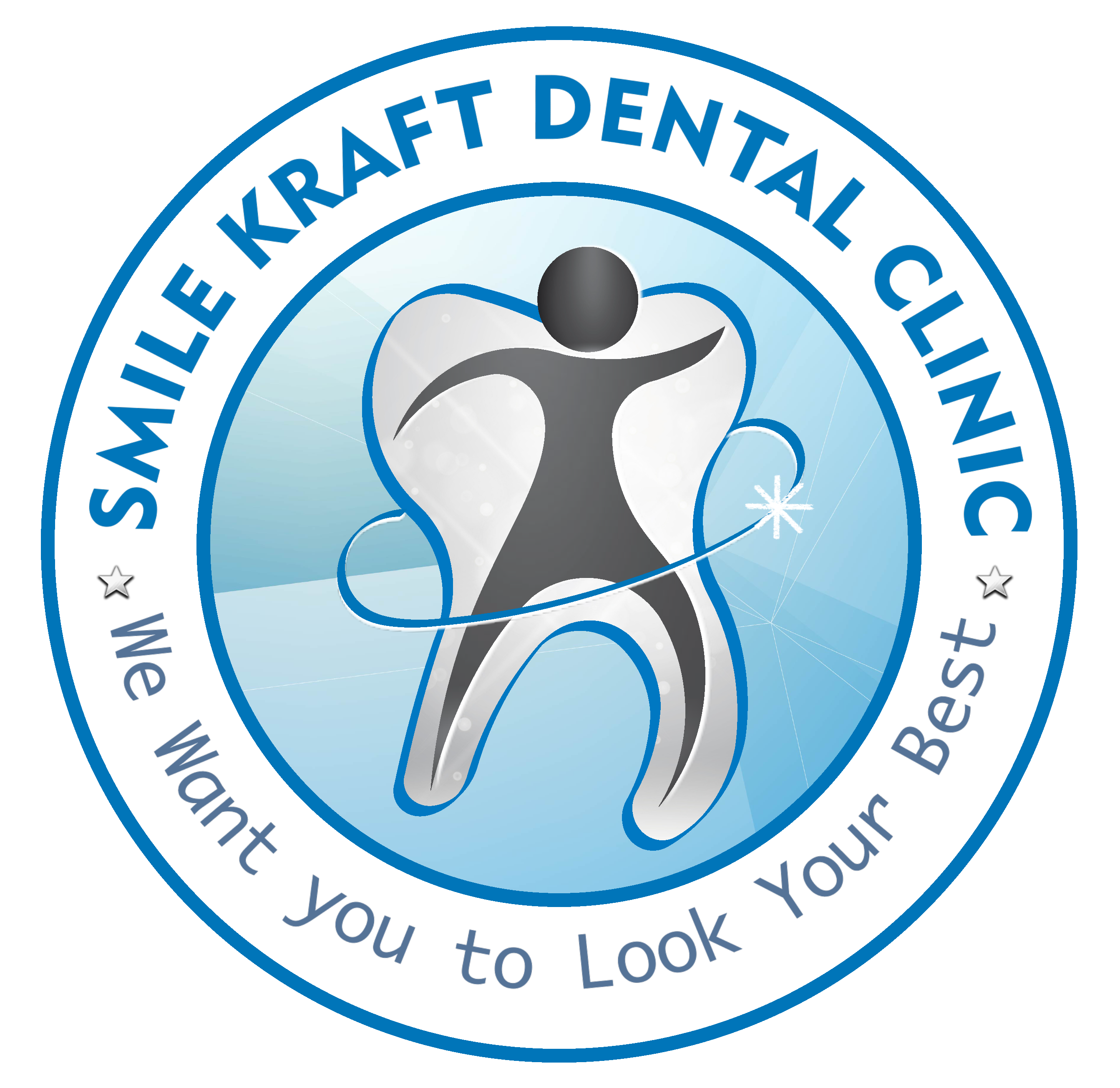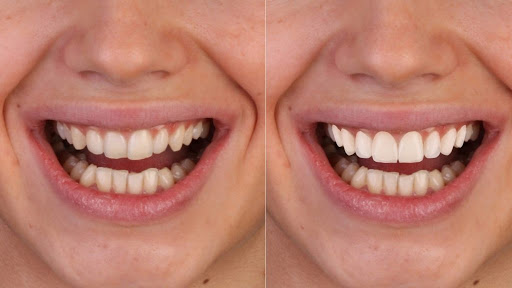
Dentists today face exciting times with the advancement of smile design
treatment planning options. Adaptation of a streamlined smile design process to ensure predictable aesthetics and function is a reality of the capacity of digital dentistry. Our patients are growing more sophisticated than ever and expect reliable treatment outcomes that can be visualized prior to proceeding with treatment. Although traditional analog treatment planning for comprehensive full-mouth rehabilitation is predictable with a hand-fabricated diagnostic wax-up, patients can become more involved from the beginning of treatment planning with a digital diagnosis and workflow.
Communication between the patient, the dental laboratory team, and the clinician can be facilitated in an effective manner using digital smile design and facially generated treatment planning concepts. A visual perception of improved dental and facial aesthetics and function, and a smile that reflects the patient’s unique personality, motivates the patient by tapping into his or her emotions and enhances the experience and results for the patient, dentist, lab ceramist, and technician. Since digital smile design-proposed restorations in the correct x-, y-, and z-axes can be layered on either a 2- or 3-D image of the patient, computer-aided smile design software serves as a powerful communication tool.
The young patient in this case presented with obvious aesthetic and functional deficits associated with amelogenesis imperfecta (AI) (Figures 1 to 3). Through digital smile design and workflow, the quality of life and psychological health for young and tech-savvy patients can be positively impacted.

